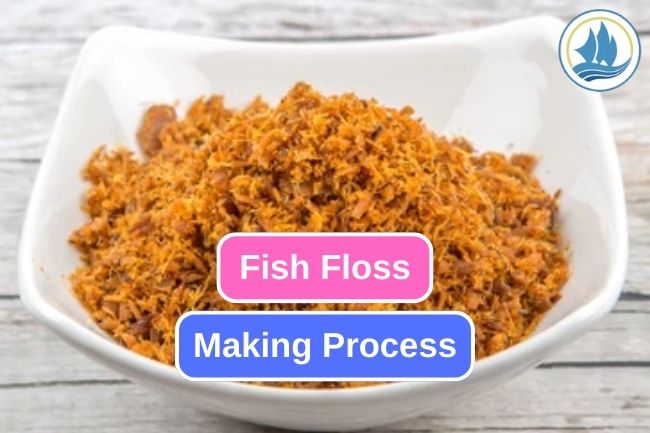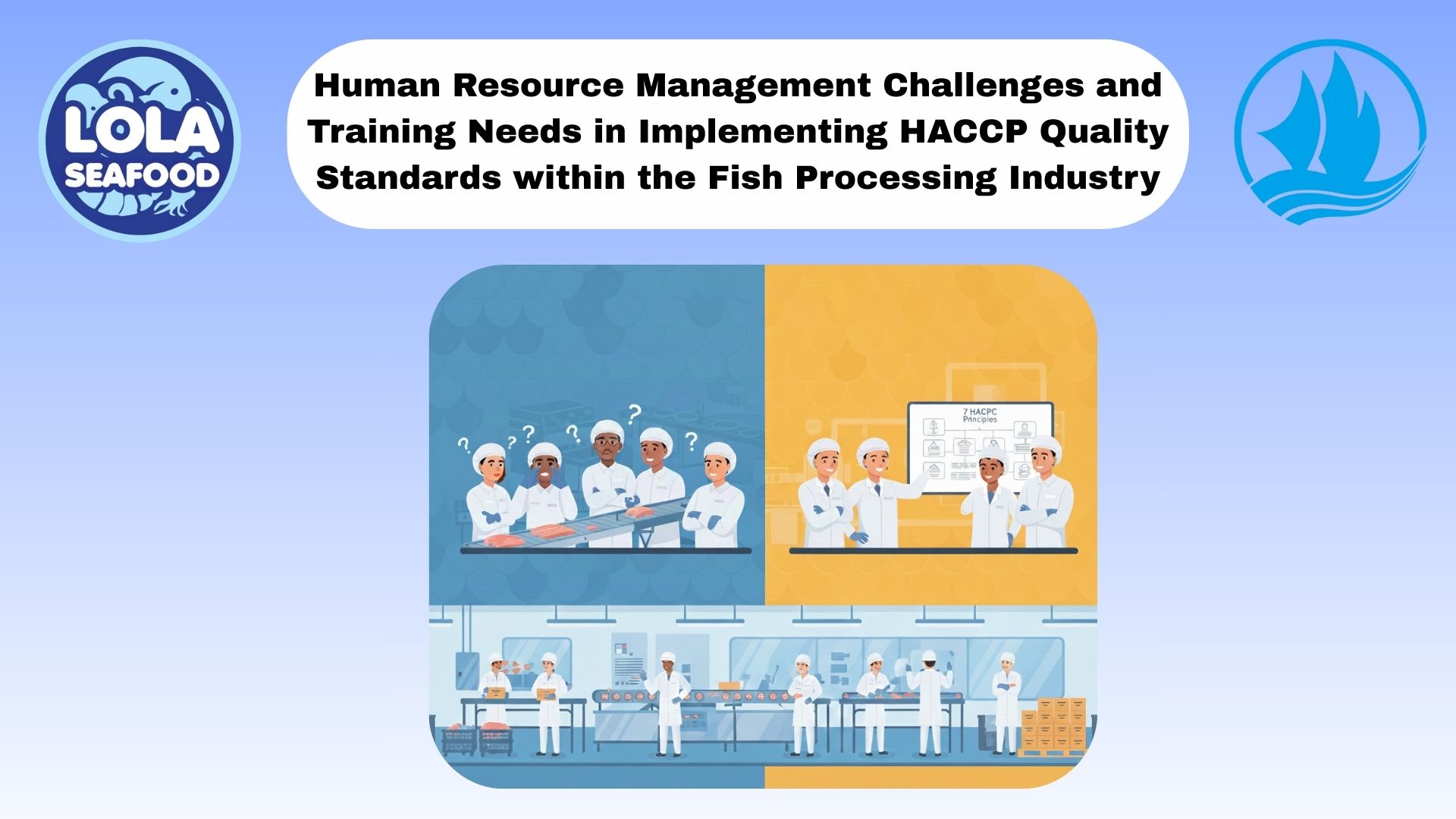Learn about Fish Floss Making Process
By. Nevanda - 16 Aug 2023
kelolalaut.com - The process of crafting fish floss, known as "abon ikan" in Indonesian, involves a meticulous sequence of steps that transforms fresh fish into a delectable and long-lasting delicacy. This intricate process encompasses the selection of prime fish varieties, their careful preparation through boiling and shredding, as well as the artful infusion of seasonings to yield the distinctive flavor that characterizes abon ikan. From the initial cleaning to the final packaging, each stage contributes to the creation of this savory treat that has become a cherished culinary delight in Indonesian cuisine.
The process of making fish floss (abon ikan) is as follows:
1. Ingredient Selection
Choose fresh and high-quality fish. The commonly used fish types are those with tender flesh and fewer bones, such as mackerel, tuna, or tilapia.
2. Cleaning and Separation
Clean the fish from dirt, scales, bones, and other unwanted parts. Then, separate the fish meat from the bones carefully.
Read also: Learn What are Nutritional Content in Smoked Salmon
3. Boiling
The separated fish meat is boiled with water and seasonings, such as salt and other desired spices. The aim is to cook the fish meat until it's tender and can be easily shredded.
4. Shredding
After boiling, the fish meat is separated from the boiling water. Then, the fish meat is shredded into fine fibers using tools like forks or by hand.
5. First Frying
The shredded fish fibers are then fried in hot oil over medium heat. This step is to remove moisture and preserve the fish.
6. Further Shredding
After the first frying, the dried fish fibers are shredded further into finer pieces, often using a grinder or a blender.
Read also: Here are 5 Cooking Ideas Using Scallop
7. Second Frying
The re-shredded fish fibers are fried again in hot oil. This step helps to thoroughly dry the fish and make it crispy and shelf-stable.
8. Seasoning and Flavoring
After the second frying, the fish floss is typically seasoned with spices like salt, sugar, pepper, garlic powder, and other desired seasonings to add taste and aroma.
9. Packaging
The seasoned fish floss is then packaged in airtight containers to maintain its freshness and flavor.
10. Final Drying
Before being permanently packaged, the fish floss might undergo a final drying process to ensure it's completely dry and long-lasting.
Even though the fish floss has gone through frying and drying processes, natural preservatives or food-safe preservatives might be added to maintain its quality and shelf life.
Read also: Best Season to Catch Yellowfin Tuna
.jpg)
The Impact of HACCP-Based Integrated Quality Management Programs on the Quality and Competitiveness of Fresh Demersal Fish Products
 and Employee Productivity on the Demersal Fish Processing Floor.jpg)
The Correlation Between Occupational Health and Safety (OHS) and Employee Productivity on the Demersal Fish Processing Floor

.jpg)




